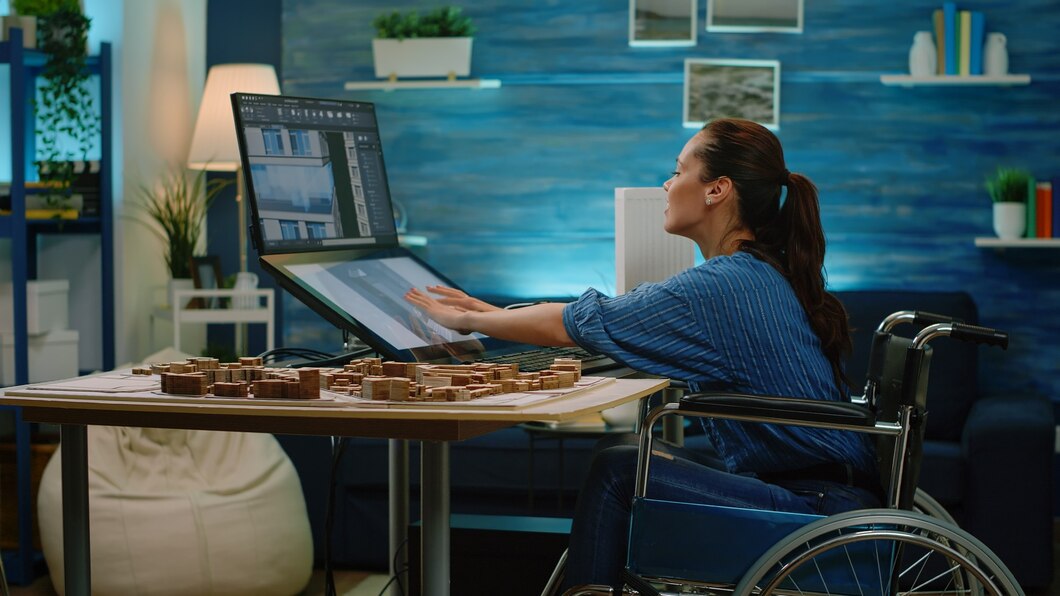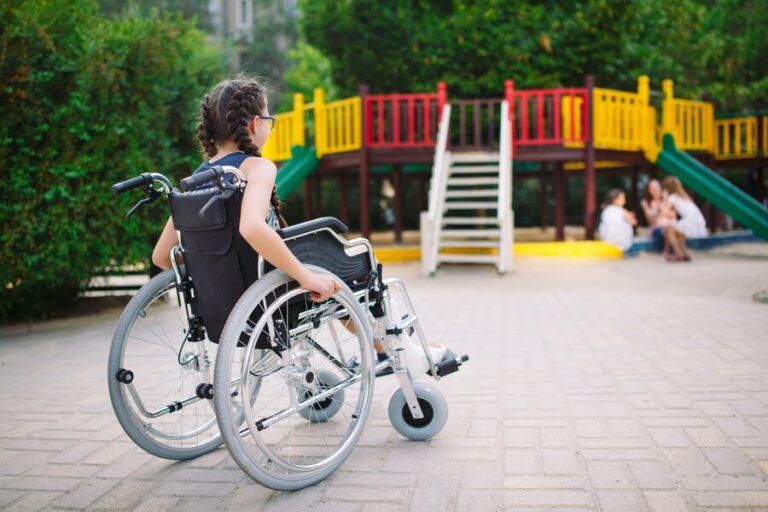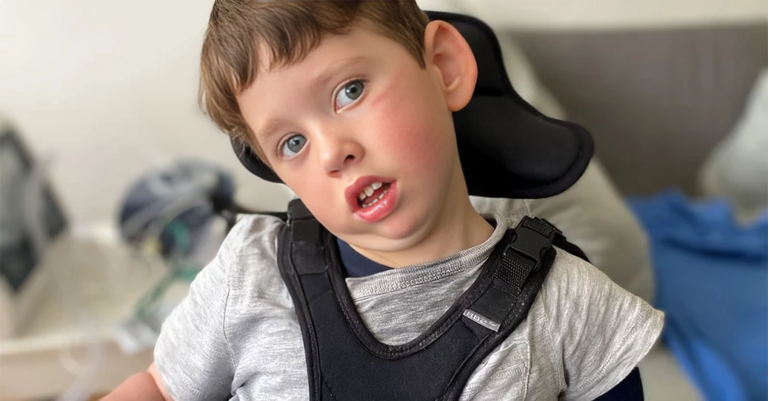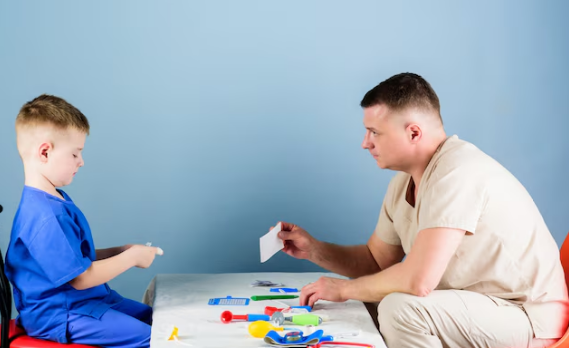Research And Innovations In Cerebral Palsy Care And Treatment
Cerebral palsy (CP) is a complex neurological condition affecting movement and posture, often originating during fetal development, infancy, or early childhood. Despite being one of the most common childhood disabilities, affecting approximately 17 million people globally, treatment options for cerebral palsy have historically been limited. However, ongoing research and innovative advancements are transforming the landscape of CP care, offering hope and improved outcomes for individuals living with this condition.
To Know More About It Please Click Here
Understanding Cerebral Palsy: The Need for Innovation
Cerebral palsy encompasses a spectrum of motor disabilities resulting from brain damage, impacting muscle coordination, control, and balance. Traditionally, management strategies for CP have focused on symptom alleviation and rehabilitation rather than addressing the underlying neurological impairments. This approach often provided limited relief and failed to address the lifelong challenges faced by individuals with CP.
Breakthroughs in Neurorehabilitation
Recent research has shed light on the neuroplasticity of the brain, suggesting that the central nervous system can reorganize itself in response to injury or disease. Leveraging this knowledge, innovative neurorehabilitation techniques have emerged to facilitate functional improvements in individuals with CP. Constraint-induced movement therapy (CIMT), robotic-assisted therapy, virtual reality interventions, and non-invasive brain stimulation are among the promising approaches being explored to promote motor learning and recovery.
Advancements in Assistive Technologies
Assistive technologies play a crucial role in enhancing the independence and quality of life of individuals with CP. Innovations such as powered exoskeletons, wearable sensors, and brain-computer interfaces are revolutionizing mobility, communication, and access to education and employment opportunities for people with CP. These technologies are designed to compensate for motor impairments, enabling individuals to perform daily activities more efficiently and participate fully in society.
Precision Medicine and Personalized Therapies
The concept of precision medicine, tailoring treatments to individuals based on their unique genetic makeup, is gaining momentum in CP research. Advances in genetic testing and biomarker identification are providing insights into the underlying mechanisms of Cerebral Palsy and guiding the development of targeted therapies. From pharmacological interventions to gene therapy and stem cell transplantation, personalized approaches hold the potential to optimize treatment outcomes and mitigate the progression of CP-related disabilities.
Promising Areas of Research
Ongoing research in CP encompasses a wide range of disciplines, including neuroscience, biomechanics, genetics, and rehabilitation science. Some promising areas of investigation include:
- Early Intervention: Identifying biomarkers for early detection and intervention to optimize neurodevelopmental outcomes.
- Brain-Computer Interfaces: Expanding the capabilities of assistive technologies through direct communication between the brain and external devices.
- Regenerative Medicine: Harnessing the regenerative potential of stem cells to repair damaged brain tissue and improve motor function.
- Neuroplasticity Enhancement: Developing strategies to promote neural plasticity and functional recovery through targeted interventions.
Conclusion: A Brighter Future for Individuals with Cerebral Palsy
The landscape of cerebral palsy care and treatment is evolving rapidly, driven by groundbreaking research and technological innovations. From neurorehabilitation techniques to assistive technologies and personalized therapies, these advancements offer new hope and possibilities for individuals living with CP. By continuing to invest in research and collaborative efforts, we can strive towards a future where individuals with cerebral palsy can unlock their full potential and lead fulfilling lives.
Also, Follow us on Instagram








